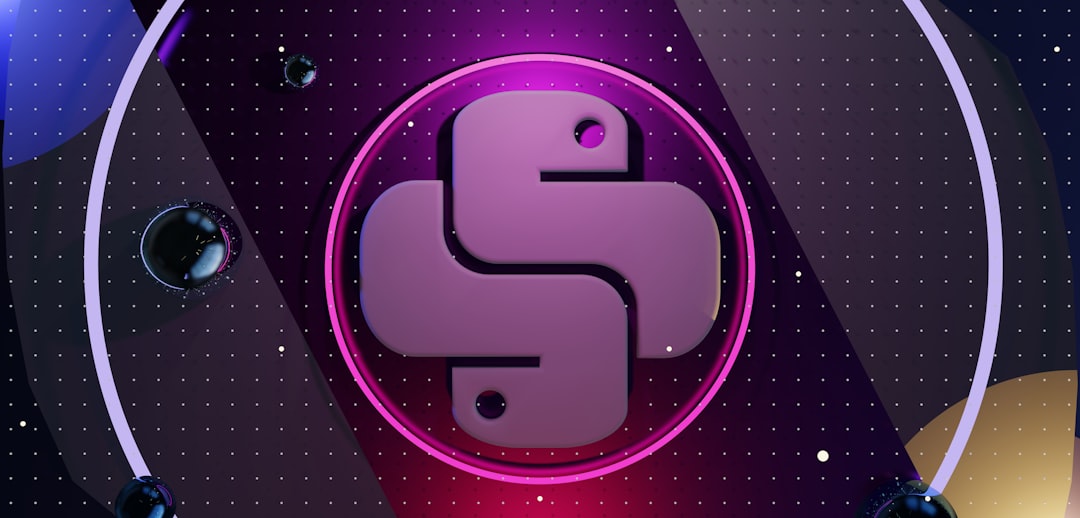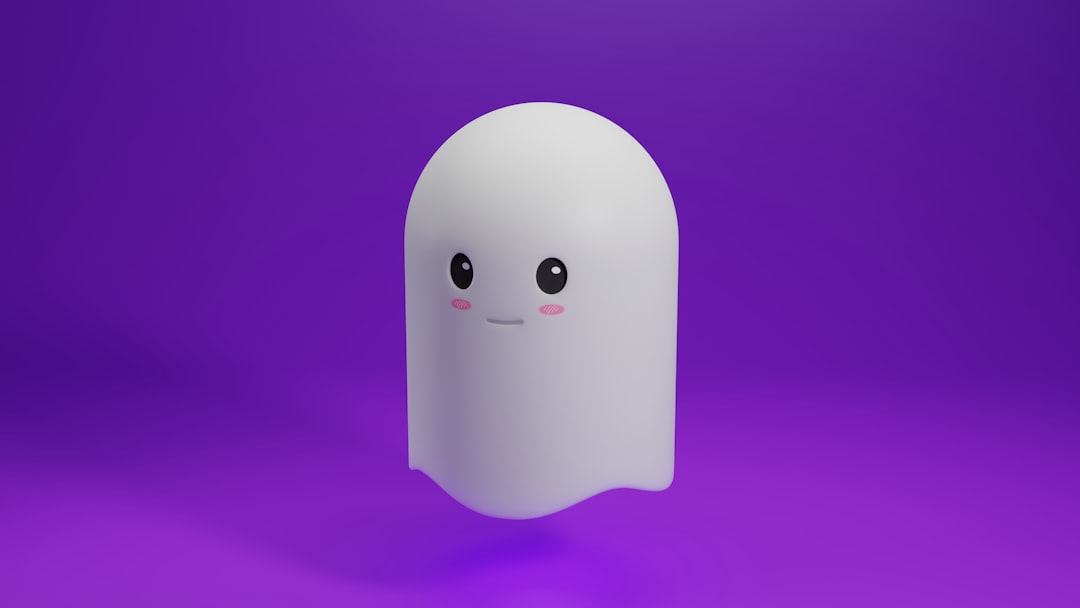When you think of Snapchat, what’s the first thing that pops into your mind? For most, it’s that playful little white ghost hovering in a vibrant yellow square. With its quirky design and ever-present smile, the Snapchat ghost—officially named “Ghostface Chillah”—has become one of the most recognizable logos in the digital landscape. But how did this spectral mascot come to represent one of the most revolutionary social media platforms of the 21st century?
TL;DR (Too Long, Didn’t Read)
Snapchat’s ghost logo, named “Ghostface Chillah,” originated as a playful, irreverent nod to the app’s core feature: disappearing messages. Created by Snapchat co-founder Evan Spiegel, the logo pairs a simple design with cultural flair, inspired by rapper Ghostface Killah. Over the years, the ghost evolved subtly, yet remained the perfect symbol for the ephemeral nature of the platform. Its minimalist, ghostly figure has become iconic in defining how millions communicate today.
The Origins of Snapchat: A Brief Overview
Before we dive into the ghost itself, it’s essential to understand the context in which it was created. Snapchat launched in 2011 under the name “Picaboo,” conceived by Stanford University students Evan Spiegel, Bobby Murphy, and Reggie Brown. The core concept was simple and radical—send a photo that disappears after being viewed.
Traditional social media platforms focused on permanence. Facebook immortalized our posts, Instagram archived our every meal, and Twitter logged every fleeting thought. Snapchat turned that on its head. Sharing became fleeting, candid, and, above all, fun.
Meet “Ghostface Chillah”: The Name and the Meaning
Snapchat’s logo—a white ghost making a playful face—wasn’t an afterthought or the work of a marketing team. In fact, Snapchat’s co-founder, Evan Spiegel, personally designed the original ghost logo using Adobe Illustrator. The design was intentionally simplistic, reflecting the raw and unpolished nature of the app itself when it first launched.
The ghost was named “Ghostface Chillah,” a clever pun and tribute to rapper Ghostface Killah of the Wu-Tang Clan. The name resonated for a few reasons:
- Ephemeral Messaging: Just like a ghost, messages on Snapchat appear and vanish—poof! They’re there one minute and gone the next.
- Pop Culture Appeal: Tying the app’s identity to a well-known cultural figure added a layer of cool, irreverent attitude that matched Snapchat’s target demographic—younger, digitally savvy users.
- Quirky Personality: The ghost wasn’t threatening or serious; it’s goofy, understated, and fun. Perfect for an app that didn’t take itself too seriously.
In the early stages of Snapchat’s life, this unique identity helped set it apart from competitors. While other platforms had slick wordmarks, elaborate logos, or intricate branding, Snapchat was content to be fun, casual, and in-your-face yellow. That ghost? It was a vibe.
Why a Ghost? The Symbolism Behind the Logo
The ghost is more than just a mascot—it’s the perfect metaphor for everything Snapchat stands for:
- Impermanence: Just as ghosts aren’t meant to linger, neither are Snaps. They drift in and out of our digital consciousness.
- Invisibility: Snapchat emphasized privacy and discretion. Messages disappeared, chats cleared, and stories expired.
- Playfulness: A ghost, especially one with a silly tongue or wink, struck a tone that matched the irreverent, youthful energy of its users.

It’s an effective lesson in branding: align your logo with your core value proposition and user experience. Snapchat nailed it early on, and Ghostface Chillah became more than just a design—he became a cultural icon.
The Design Evolution: Has the Ghost Changed?
While Snapchat’s ghost logo is instantly recognizable today, it hasn’t been entirely static. Since its debut, it’s undergone a subtle yet deliberate evolution.
Initially, Ghostface had different facial expressions in various early versions—some stuck out a tongue, others smiled or winked. Eventually, in 2013, Snapchat opted to remove the facial expressions completely, distilling the ghost icon into a minimal, more abstract silhouette. This change aligned with Snapchat’s broader design philosophy of simplicity and clarity.
The shape of the ghost remained consistent, defined by bold black outlines and centered in a bright yellow square background—Snapchat’s official color (#FFFC00). The yellow was a conscious choice too, aimed at standing out among the blue-dominated world of social media app icons like Facebook, Twitter, and LinkedIn.
According to their design team, Snapchat wanted their app to be “as bright and human as possible.” The yellow color choice makes locating the app a breeze even on crowded home screens, and the ghost keeps things light and fun.
Ghostface and Pop Culture Influence
As Snapchat’s popularity exploded—particularly among millennials and Gen Z—so did Ghostface Chillah’s cultural cachet.
Although you won’t often see Snapchat actively promoting the ghost’s name today (likely for trademark clarity and branding consistency), long-time users and insiders still affectionately refer to it as Ghostface Chillah. It’s a grassroots piece of branding that came from the startup atmosphere of Snapchat’s early days.
Unlike rigid corporate logos, Snapchat’s ghost became a kind of blank slate. Users added filters, overlays, and stickers, further personalizing their interactions with the character. The fact that the ghost often appears on Snapcodes—Snapchat’s version of QR codes—anchored its continued relevance in everyday user experience.

Merchandising and Extensions of the Brand
The ghost wasn’t confined to digital spaces. As Snapchat grew, so did the desire to leverage the logo across merchandise and physical branding. From stickers and clothing to promotional gear, Ghostface Chillah found his way into the offline world—something only a handful of internet mascots have ever successfully done.
Moreover, Snapchat used its ghost logo prominently in partnerships—for example, in sports sponsorships or collaborations with television shows and music festivals. The ghost was a visual shorthand for a younger, trend-savvy audience.
The Psychology of the Snapchat Logo
At a deeper level, part of the logo’s appeal lies in the psychology of logos and color. The playful ghost offers a non-serious, emotionally friendly face to technology—helping users feel relaxed with the app’s core function: sharing the fleeting and unfiltered parts of life.
Meanwhile, the contrast of white and yellow evokes feelings of freshness, spontaneity, and warmth. In an age when social media can often feel invasive or permanent, Snapchat’s branding felt ephemeral, friendly, and empowering. It’s design with a purpose—and the ghost is central to that mission.
Legacy and Impact: More Than Just a Logo
Today, Snapchat’s ghost logo continues to remind us of a time when social media took its first significant step toward casual intimacy and vanishing content. It isn’t just a mascot; it’s a symbol of a paradigm shift in how people—especially younger generations—choose to communicate.
Ghostface Chillah represents:
- A rebellion against permanence
- An invitation to playfulness
- A marker of digital identity transformation
It teaches us that logos don’t need to be overly complex to be effective. They just need to be aligned with the brand’s purpose and made with intent.
Conclusion: A Ghost Worth Remembering
The story of Snapchat’s ghost is more than just a tale of successful branding. It’s a narrative that highlights how thoughtful design, cultural relevance, and a bit of cheeky humor can make a profound impact. Ghostface Chillah started as a quirky sketch by a college student, and it evolved into a global icon—a tiny ghost that changed the way we think about digital communication.
As long as people are snapping, chatting, and sharing in fleeting moments, that friendly ghost will be there—silent, smiling, and always vanishing just in time.
